By Seraine Page
You’re likely on this blog because your baby has a bronchopulmonary dysplasia (BPD) diagnosis.
While your little one likely had a very rough start to life, the good news is that there are various bronchopulmonary dysplasia treatment options. From medicines to incubators, there is a wide range of treatment available for your fragile baby.
Below, learn more about what exactly BPD means for your baby and the treatment routes your baby’s physicians may recommend over the next several weeks.
What is Bronchopulmonary Dysplasia?
Bronchopulmonary Dysplasia, also known as BPD, is a serious, chronic condition that impacts the way newborns breathe. This lung disease usually affects premature newborns who need oxygen therapy immediately upon delivery. Babies are not born with the condition; it’s usually a complication of another breathing issue.
Symptoms of BPD include:
- Grunting
- Flaring nostrils
- Fast breathing rate
- Pulling at the chest
This lung condition means an infant’s lungs and airways are damaged, which causes tissue destruction in the lung’s air sacs (alveoli). This damage means that premature infants typically have long-term breathing problems.
When babies are born early, they often need help breathing with a mechanical ventilator or oxygen. For many babies, BPD develops after they have breathing assistance because it can further damage their already fragile lungs.
BPD develops in 10,000 to 15,000 babies in the U.S. each year, according to the American Lung Association.
Related: Read Jasper’s Story

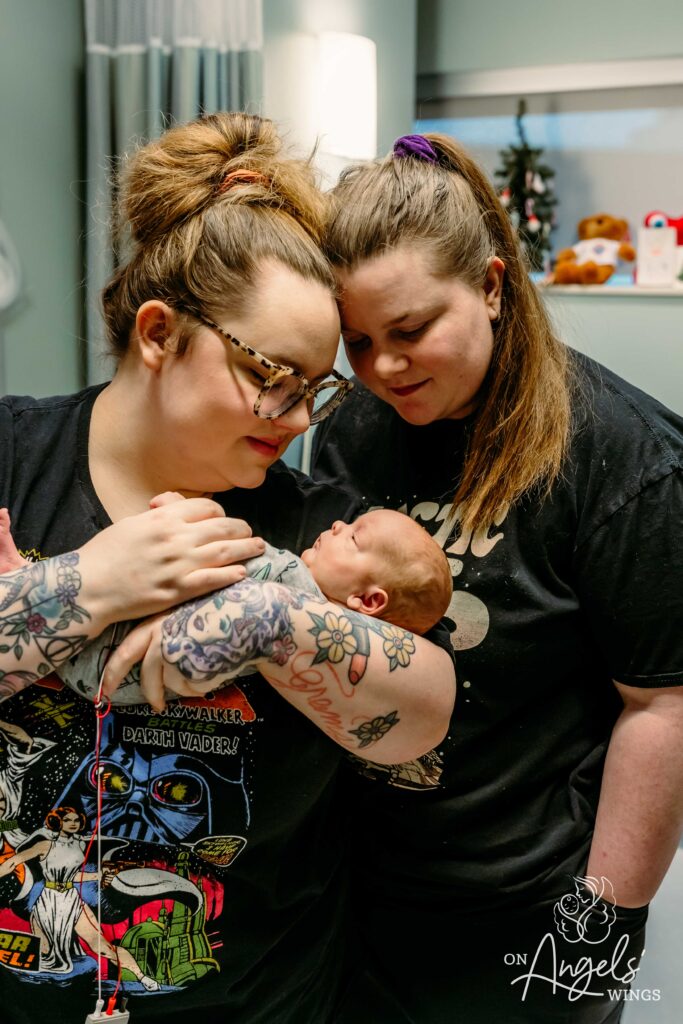
Getting a BPD Diagnosis for Your Baby
Often, babies who develop BPD have a rough start in life. They’re typically low birth-weight infants (less than 4.5 pounds) or born 32 weeks or earlier. Of these babies, almost half need breathing assistance, according to Nationwide Children’s Hospital.
A BPD diagnosis usually happens at around 28 days, and, at this point, oxygen help is still necessary. Chest x-rays, blood tests, and an echocardiogram help eliminate other diagnoses and confirm a BPD diagnosis.
What to Expect: Bronchopulmonary Dysplasia Treatment
While there is no cure for BPD, there are a variety of bronchopulmonary dysplasia treatment options. For BPD babies, the focus is on preventing further lung damage while also allowing and encouraging growth and development.
Early treatment options may include:
- Mechanical ventilation
- Medications for lung function
- Antibiotics to fight off infections
Comprehensive treatment may include nutritional supplementation, diuretics, fluid restriction, and sometimes inhaled bronchodilators like albuterol. One of the top goals is to wean BPD babies off of supplemental oxygen and mechanical ventilation as soon as possible.
Additionally, your baby may be treated with:
- Nasal continuous positive airway pressure (nCPAP) – This machine gently pushes low-pressure air into the baby’s lungs through the prongs placed inside the nose.
- Surfactant replacement therapy – If an nCPAP isn’t providing enough support for a baby’s lungs, an infant surfactant is the next step that requires a breathing tube. This can cause further complications, which your child’s doctor should discuss before placement.
- Fluids and nutrition – Babies need nutrition to grow, especially for lung development. Fluids and nutrition through a G-tube or IV (known as parenteral nutrition) may be necessary to reduce the risk of malnutrition.
- Medication – A variety of medications may be administered to your baby to prevent and/or manage BPD. These may include caffeine, diuretics, and corticosteroids. Bronchodilators like albuterol may also be used to keep airways open.
- Radiant warmers or incubators – Babies are placed in these warming machines to help them stay warm and reduce infection risk.
- Stem cells – Ongoing studies are showing positive advancements and the potential ability to repair cells for lung growth, according to a study published in the medical journal Lung.
Important Note About Treatment Options
It is always up to you what you decide is best for your child for medical treatment. Research indicates there is a benefit of giving babies (less than 30 weeks of gestation) steroids to prevent BPD, according to Ann & Robert H. Lurie Children’s Hospital of Chicago. This must be weighed against the short- and long-term side effects.
Some of the side effects may include:
- Intestinal injury
- High blood pressure
- Decreased growth rate
- Decreased bone health
- Increased risk of infection
Due to these side effects, some doctors may recommend steroid limits for premature infants. Be sure to ask your doctor about side effects and alternative options to understand all your available resources.
A Hopeful Word on Healing
It’s important to remember that healing takes time. Often, children with BPD recover “close to normal lung function” but still have scarred and stiffened lung tissue, according to Nemours KidsHealth. As babies grow, their lungs can grow new, healthy tissue. This new tissue can sometimes take over the work of the damaged lungs, making it easier to breathe freely.
Related: Read Lincoln’s Story
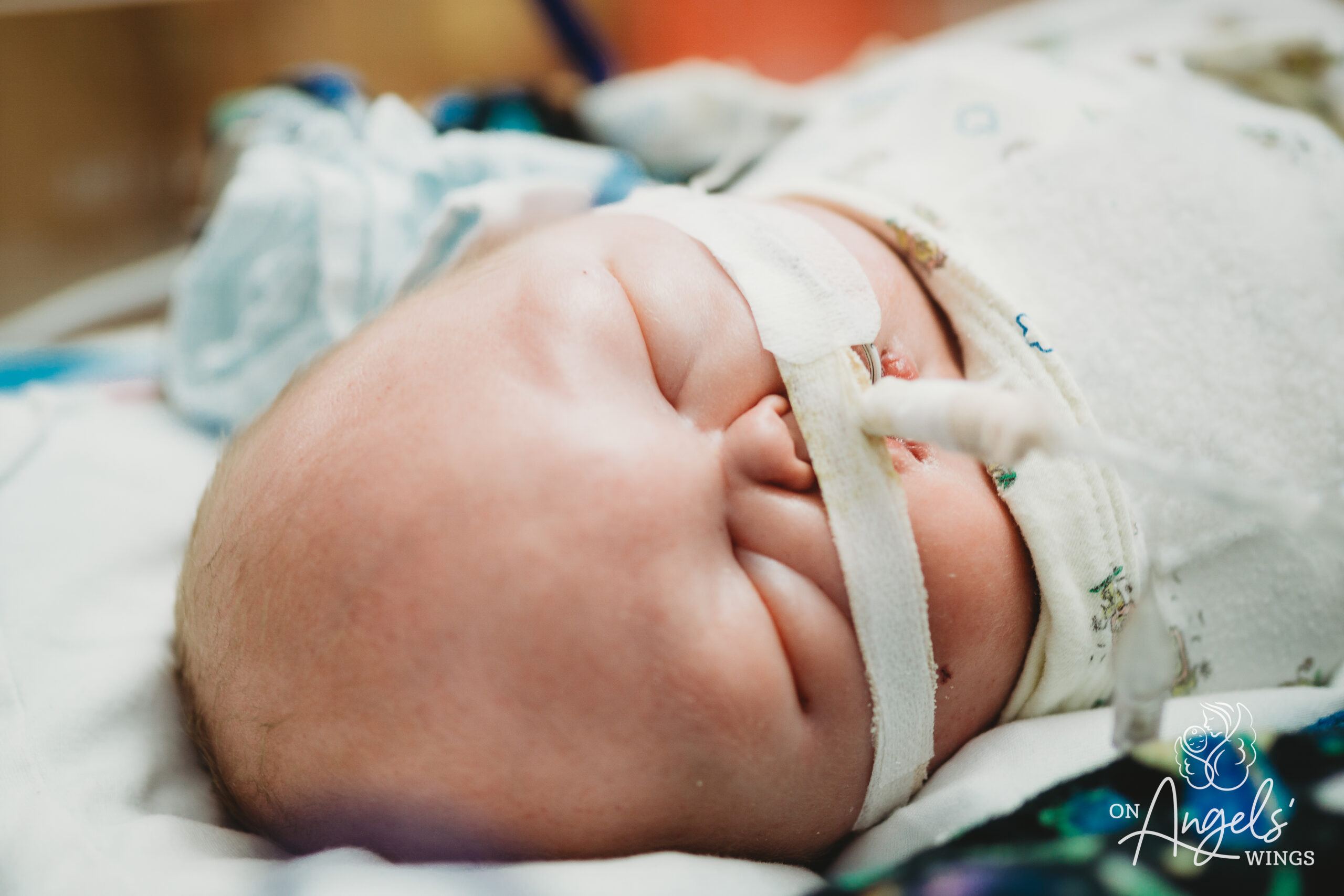

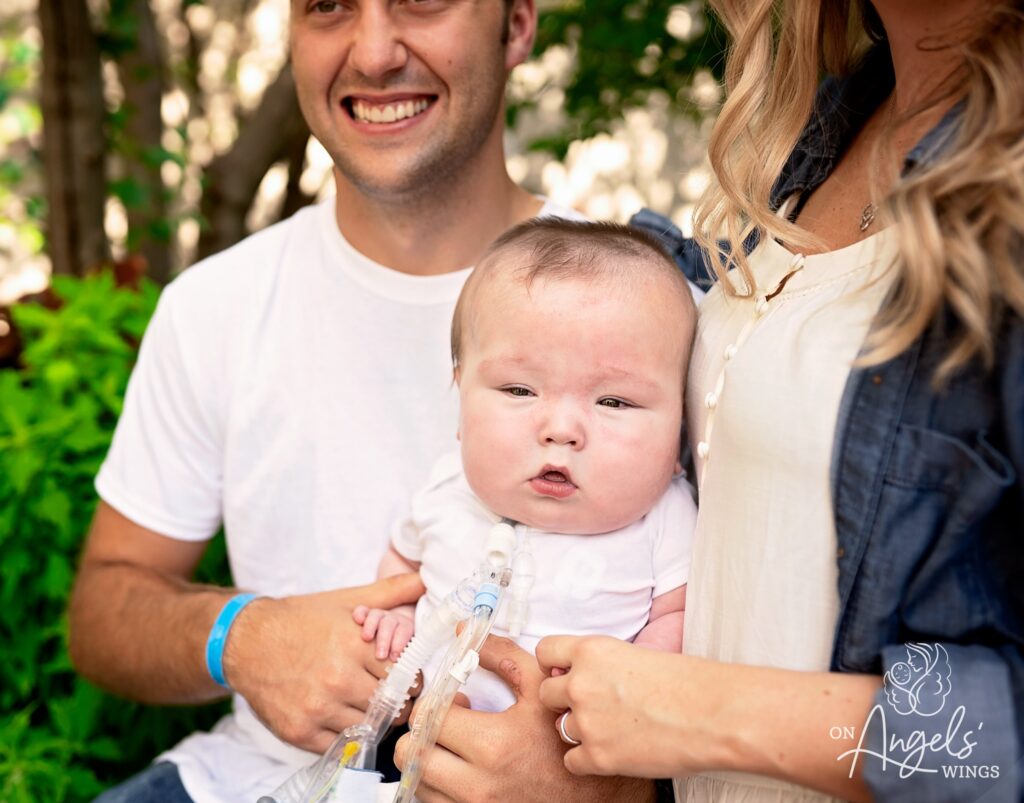
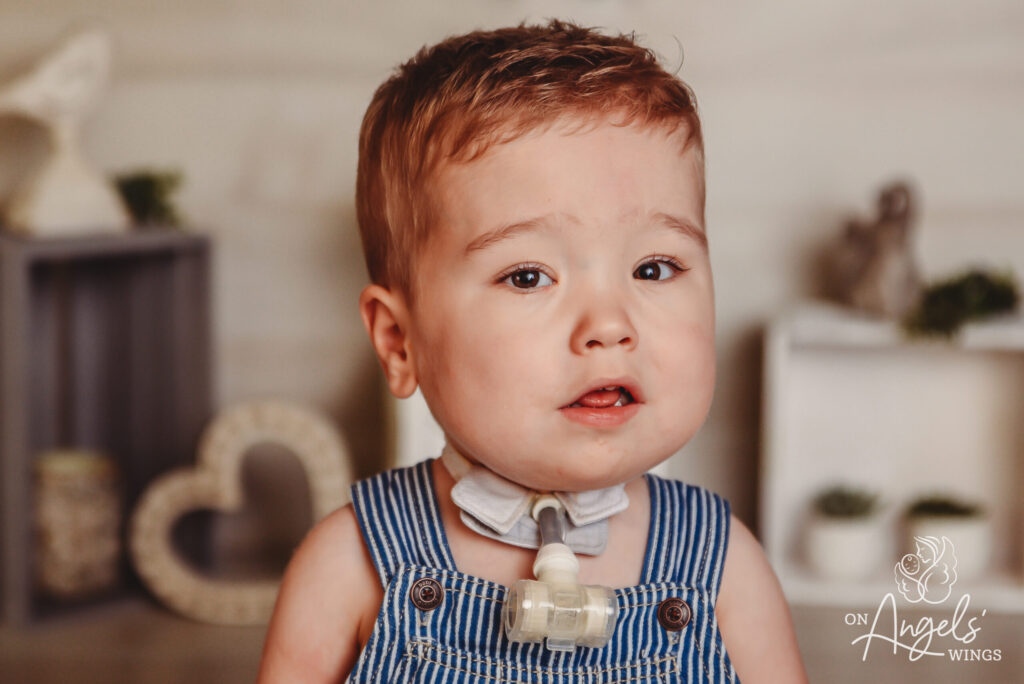
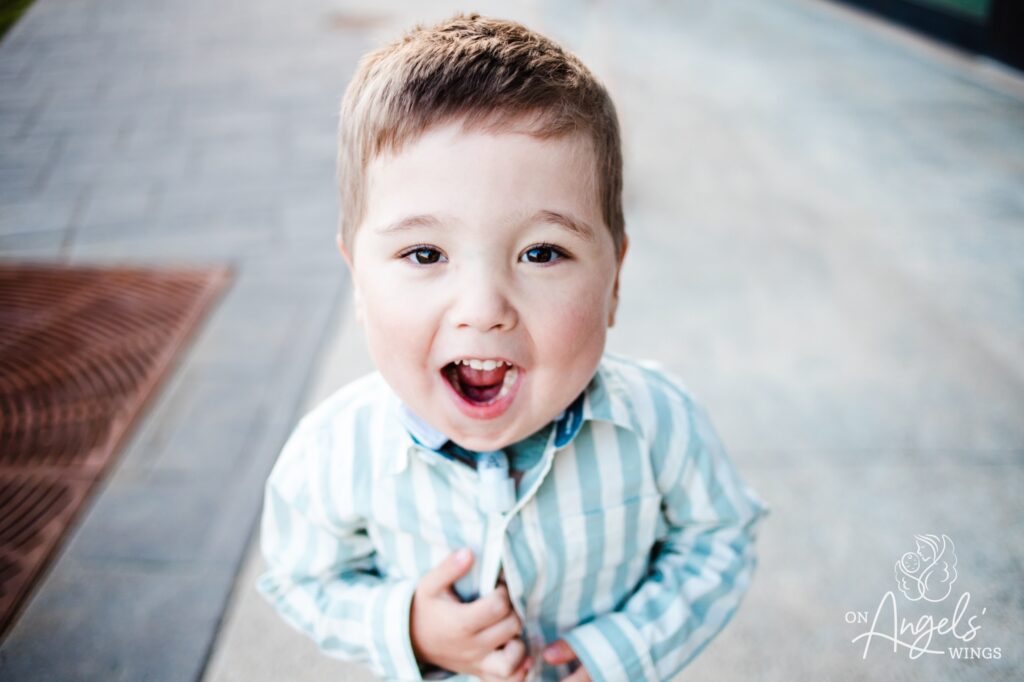
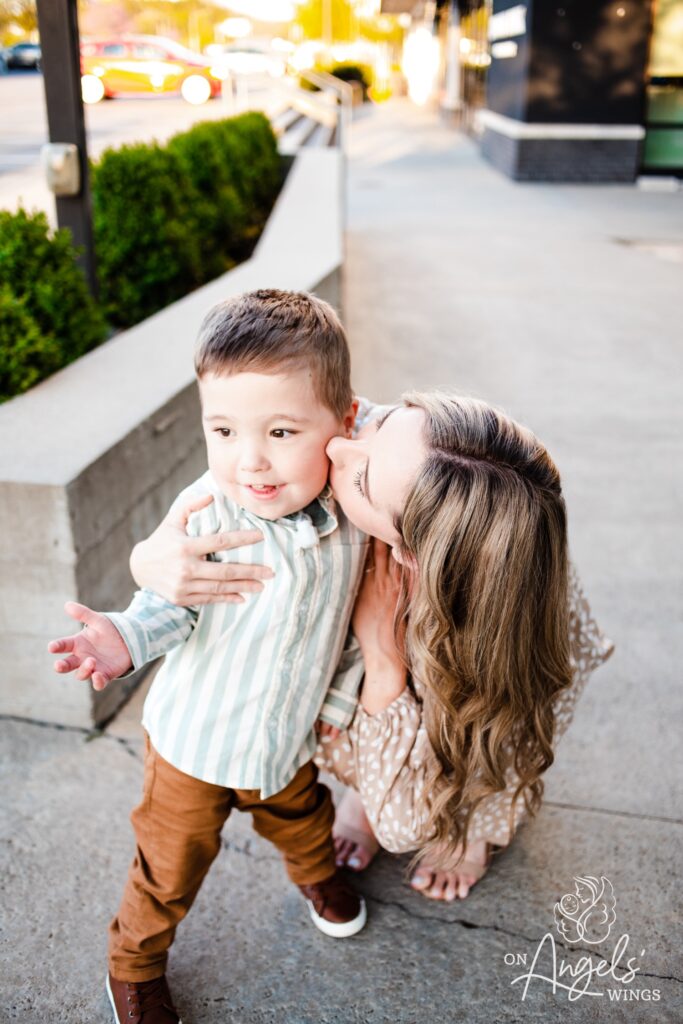
Ongoing BPD Complications
Sometimes, infants may experience long-term issues with BPD. That may mean longer hospital stays, various treatment plans, and challenging outcomes.
They may be at increased risk for issues like pneumonia, respiratory syncytial virus (RSV), and the flu. When they get sick, it is sometimes more severe than in children without the condition.
Consider keeping your child confined from sick people and ensure your child stays away from all smoky conditions, including secondhand smoke.
Bronchopulmonary dysplasia’s other complications may include:
- Slowth growth
- Wheezing episodes
- Tracheostomy difficulties
- Fluid buildup (pulmonary edema)
A Note on Tracheostomy-Specific Risks
While tracheostomy can be a life-saving intervention for BPD babies, it also carries risks and potential long-term implications. Those with severe BPD often can only be discharged from the hospital if a long-term ventilation trach is placed via surgery.
Complications of a tracheostomy tube include:
- Bleeding
- Infections
- Windpipe injury
- Mucus plugging
- Narrowing of the trachea
- Accidental tube removal
While placement of a tracheostomy tube is infrequent, it does happen, according to a 2023 Neoreviews journal publication.
Related: Read Shyla’s Story
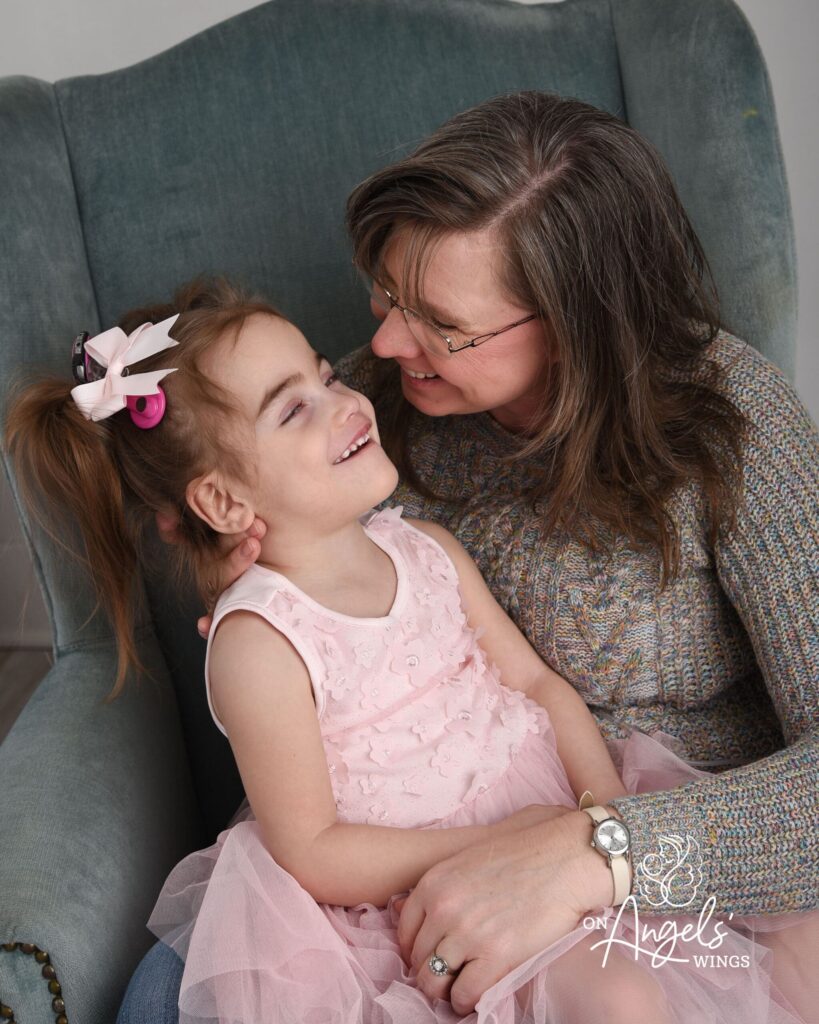

Bronchopulmonary Dysplasia Treatment Centers
The start of life with a BPD diagnosis requires a lot of interventions from physicians. Knowing you’re at a treatment center equipped to handle your BPD baby can make all the difference. Bronchopulmonary dysplasia treatment is intense, but gradually can get better with time and your baby’s growth.
Hospitals in OAW Service Areas
- Arkansas Children’s – Find care here for pulmonary conditions ranging from diaphragmatic hernia to BPD.
- Children’s Mercy Kansas City – The Center for Infant Pulmonary Disorders (CIPD) helps reduce pain and improve the quality of life for infants with chronic pulmonary disorders.
- Children’s Minnesota – Babies with critical conditions, including BPD, congenital diaphragmatic hernia, hydrocephalus, and more, are treated here.
- OU Health (Oklahoma) – Pediatric pulmonologists care for babies with everything from BPD to windpipe and bronchial obstructions.
- Riley’s Children’s Healthy (Indiana) – This hospital accepts infants as early as 4 weeks of age if needing mechanical ventilation. Following discharge, they go to a “Breathing Program” where they are cared for by a team including a nutritionist, pediatrician, and more.
- St. Louis Children’s Hospital – This hospital is the oldest pediatric hospital west of the Mississippi River and offers comprehensive services in every pediatric medical and surgical specialty.
- Cardinal Glennon (Illinois and Missouri) – As one of the top pediatric pulmonology programs in the country, your child will have access to comprehensive care.
Additional CDH Hospitals or Medical Centers
- Children’s Hospital of Philadelphia (CHOP) – Patients can get referrals, second opinions and details about its newborn and infant chronic lung disease program.
- Johns Hopkins All Children’s Center (Florida) – This center focuses on pulmonary disease, oxygen management, feeding, and nutritional evaluation.
- Joe DiMaggio Children’s Hospital – For more information about the NICU Newborn & Infant Chronic Lung Disease Program at Joe DiMaggio Children’s Hospital, call 954-265-8718 or email JDCH_BPD_Program@mhs.net.
- Texas Children’s – As the first hospital in Texas to be designated a Level IV Neonatal Intensive Care Unit (NICU), this hospital has 215 NICU beds and is one of the largest NICUs in the United States.
Note: Always be sure to call and see if the hospital or treatment center still provides the necessary surgeries or care as policies change often.
Additional Resources & Support
As a parent or guardian of a child with bronchopulmonary dysplasia, the best way to advocate for your child’s health is to learn as much as you can about BPD and its treatments.
Below are a variety of reputable resources to further help educate yourself and others on the topic:
- Better Breathers Club – Connect to educational resources and support through in-person and virtual support groups.
- Lung Association’s Lung HelpLine – Reach them at 1-800-LUNGUSA to speak with a trained respiratory professional.
- National Heart Lung and Blood Institute (NHLBI) – Learn more about BPD through the site’s diagrams and medical literature.
- The BPD Collaborative – Started in 2012 by neonatologists and pulmonologists, its work is focused on addressing the gaps in BPD care. The website has a resource center and discussion boards for patients and families.
We hope the above information and resources help you or someone you know who loves a child with this pulmonary condition. If you need FREE therapeutic photography services for your BPD baby, please reach out to request a professional photo session.